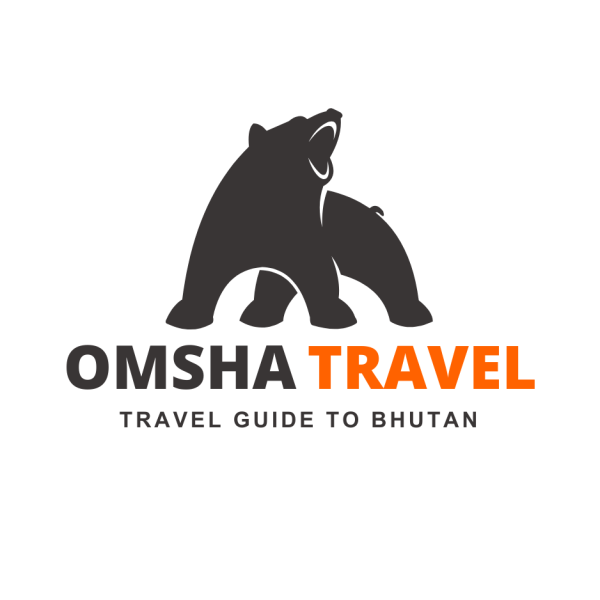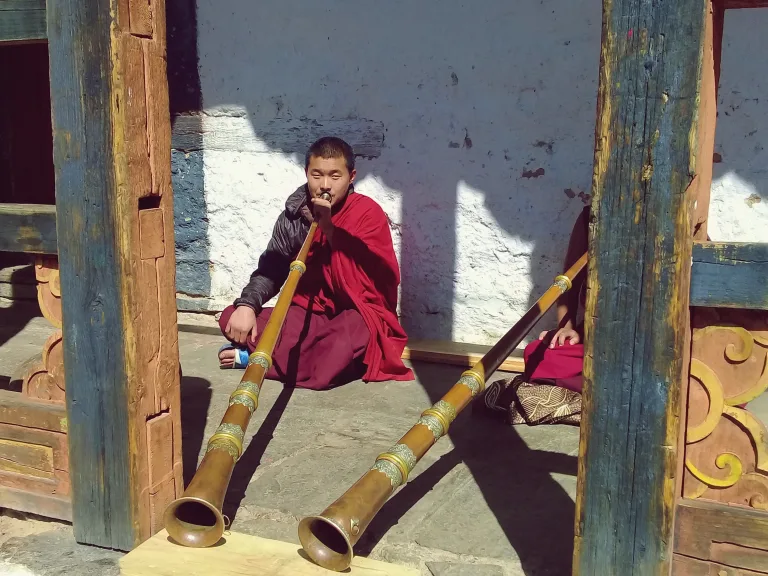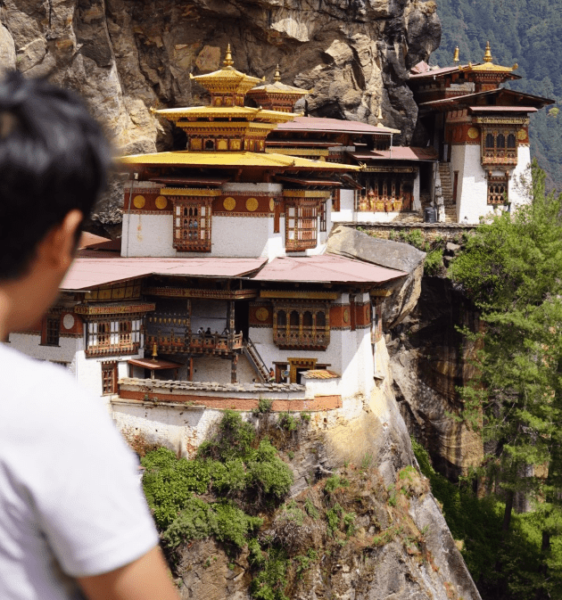Get all your Bhutan travel questions answered — from currency to connectivity and beyond.
Bhutan — the Land of the Thunder Dragon — is unlike anywhere else on earth. From its Gross National Happiness philosophy to its breathtaking valleys and monasteries, the country fascinates travelers even before they arrive. But along with the excitement often come a lot of questions.
If you’re planning your first trip to Bhutan, here are the most frequently asked questions (and their answers) to help you prepare for a smooth and unforgettable journey.
Yes. All international tourists (except nationals of India, Bangladesh, and the Maldives) require a visa to enter Bhutan. Your Bhutanese tour operator, such as OMSHA Travel, will arrange your visa after you confirm your trip and provide a copy of your passport.
Bhutan follows a “High-Value, Low-Impact” tourism policy. As part of this, visitors must pay a Sustainable Development Fee:
- USD 100 per person, per night for international tourists.
- Nu./INR 1,200 per person, per night for Indian nationals.
This fee goes toward education, healthcare, environmental conservation, and preserving Bhutan’s culture.
The official currency is the Ngultrum (Nu), which is pegged to the Indian Rupee (INR). Credit cards are increasingly accepted in cities and larger hotels, but it’s wise to carry cash for rural areas and small shops.
Bhutan is a year-round destination, but the best seasons are:
- Spring (March–May): Blooming rhododendrons, clear skies, pleasant weather.
- Autumn (September–November): Crisp air, great mountain views, and major festivals like Thimphu Tshechu.
- Winter (December–February): Fewer tourists, blue skies, and black-necked cranes in Phobjikha Valley.
The main international gateway is Paro International Airport, with flights from cities like Bangkok, Delhi, Kolkata, Kathmandu, Singapore, UAE and seasonal routes from other destinations. Overland entry is also possible from India via Phuentsholing, Gelephu, and Samdrup Jongkhar.
Yes. Most hotels offer free Wi-Fi, and mobile SIM cards (TashiCell or B-Mobile) can be purchased on arrival.
Pack according to the season and altitude:
- Layers for changing mountain weather.
- Comfortable walking shoes for exploring monasteries and valleys.
- Warm jackets in winter.
- Rain gear in summer.
Also, dress modestly for visits to religious sites — shoulders and knees should be covered.
The official language is Dzongkha, but English is widely spoken, especially in tourism and education. You’ll have no trouble communicating with guides, hotel staff, and shopkeepers.
Independent travel in Bhutan is strongly discouraged. While you may be able to explore certain areas on your own, Bhutan’s tourism policy still requires visitors to be accompanied by a licensed guide when entering temples, dzongs (fortresses), and heritage sites.
While Bhutan is not a budget backpacker destination due to the SDF and required tour arrangements, the price includes accommodation, transport, a licensed guide, cultural entry fees, and often meals — making it an all-inclusive cultural experience with no hidden costs.
Bhutanese cuisine is flavorful, often featuring chili peppers as a main ingredient rather than just a spice. Popular dishes include Ema Datshi (chilies and cheese), Phaksha Paa (pork with radish), and red rice. Vegetarian and vegan options are available, especially when arranged in advance.
Yes. Bhutan is one of the safest travel destinations in the world, with low crime rates and friendly locals. The main risks are related to altitude or mountain weather, so follow your guide’s advice.
No. Travel Insurance is not mandatory. However, we highly recommend having it.





